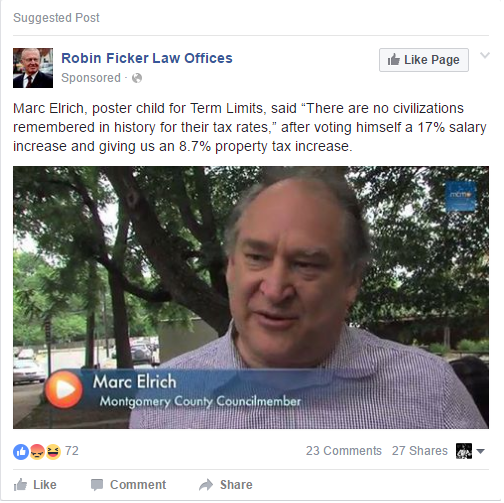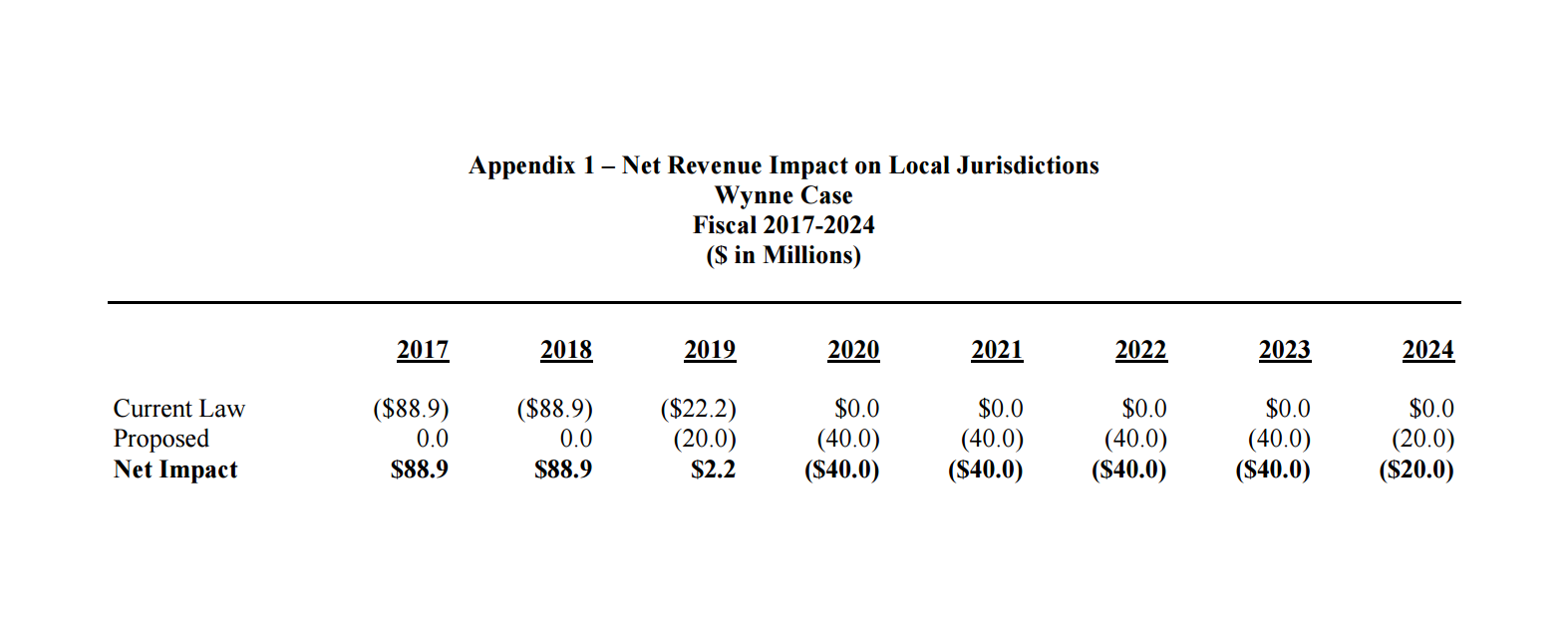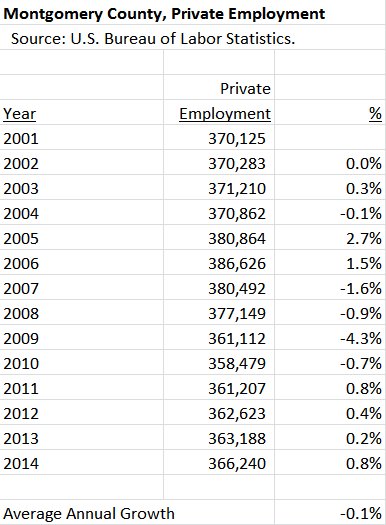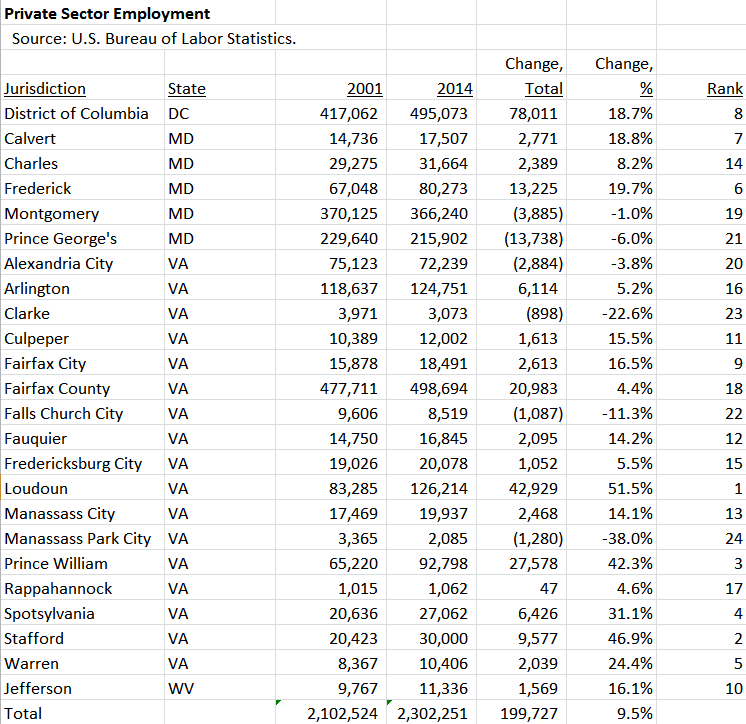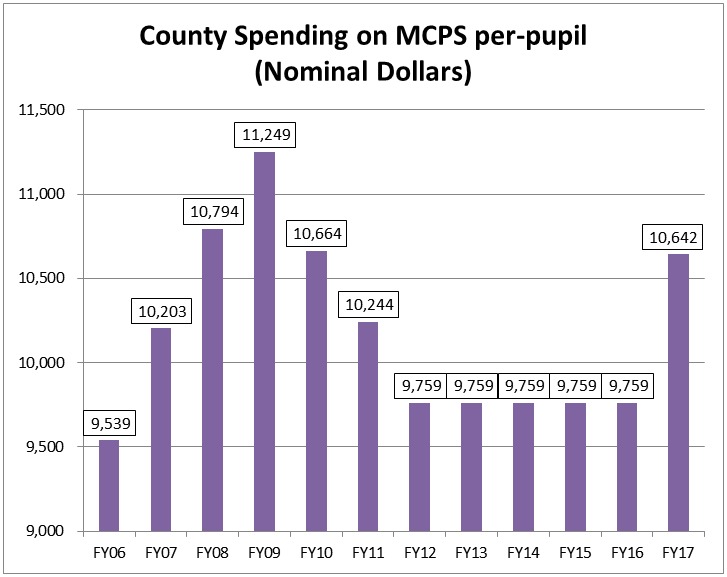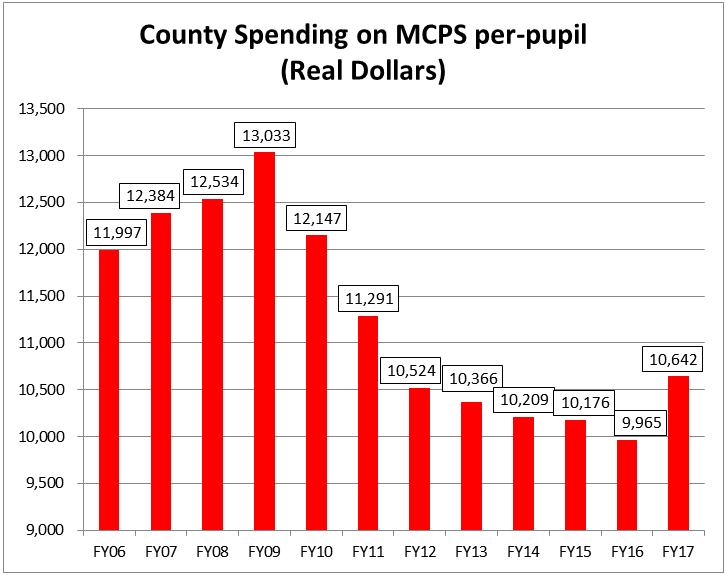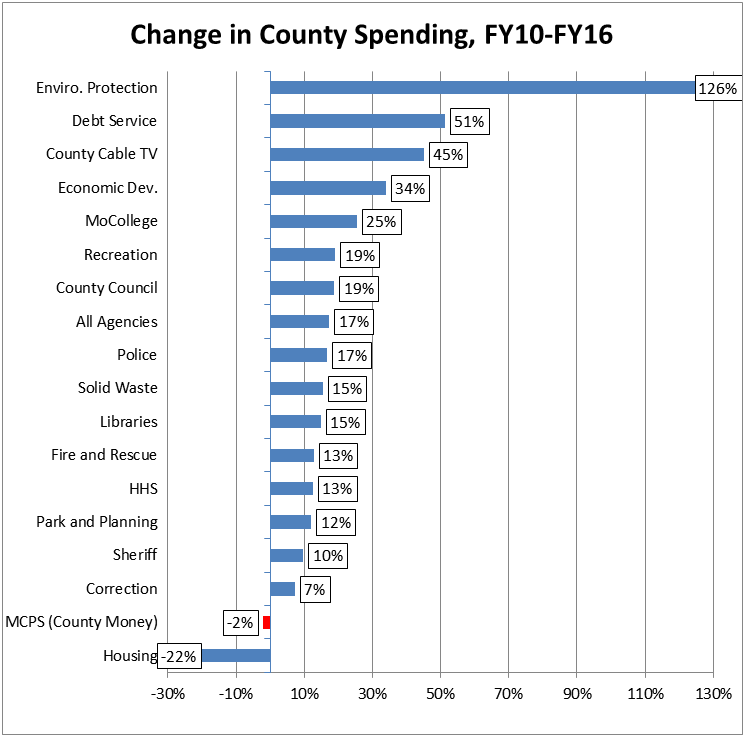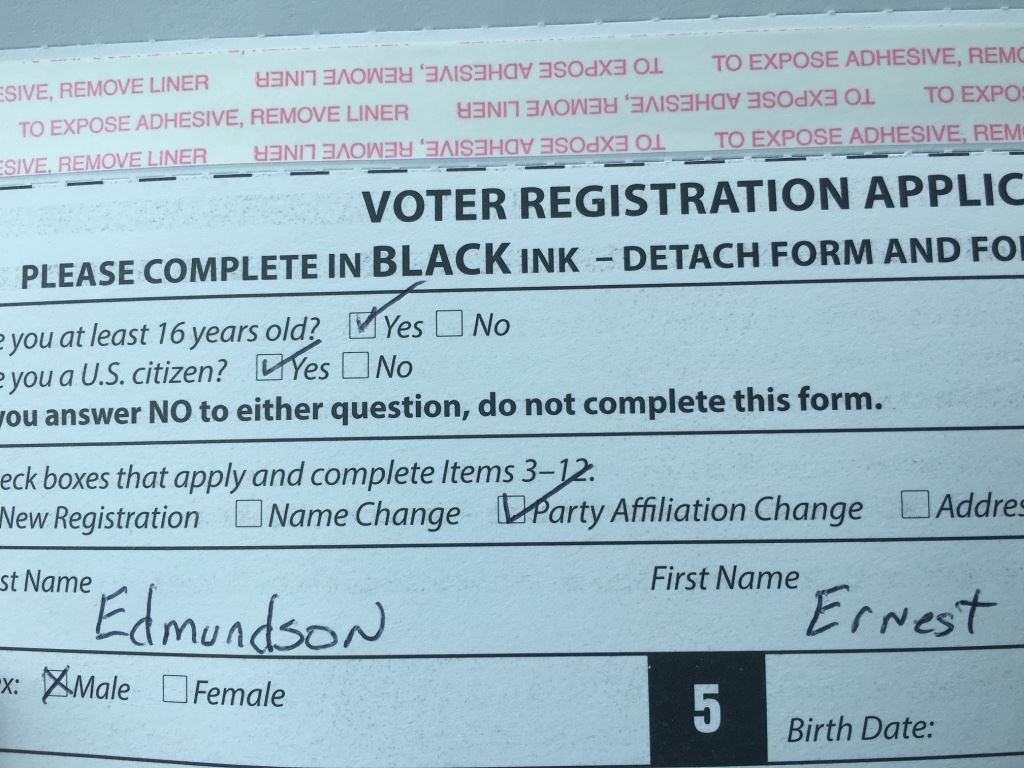By Adam Pagnucco.
The fight over whether term limits should apply to Montgomery County elected officials is now underway, and that’s even before political heckler Robin Ficker has submitted his signatures for his proposed charter amendment. Supporters and opponents are offering arguments for their point of view, some with merit and some without. Today we will take down one of the most prominent arguments from each side.
1. Term Limits are Needed to Create Competition
The historical record shows plenty of competition for elected office in Montgomery County. It just doesn’t happen to be the kind of competition that some term limits supporters want.
Since charter government was established in 1970, there has been one Republican County Executive (Jim Gleason, the first to hold that office) and three Republican Council Members (District 1’s Betty Ann Krahnke and Howard Denis and District 2’s Nancy Dacek). The other county elected officials have all been Democrats. But there has been substantial competition among the Democrats over the years, including the Neal Potter vs. Sidney Kramer factions in the 1980s and early 1990s and the competing council slates in 2002.
Below are the election results over the last six cycles.
Incumbents were reelected 42 times and lost 6 times. It’s important to note that two of those six losses were by Republicans in general elections: Dacek (2002) and Denis (2006). Including them, incumbents had a win rate of 88%.
But when you count the open seats (15 of them including three special elections), newcomers filled seats one-third of the time. That’s plenty of turnover and FAR more than Congress. Ficker’s objection is that Democrats replace other Democrats, and term limits won’t change that.
2. Term Limits Supporters are Similar to Brexit Voters
This is an argument made by four-term council incumbent George Leventhal, who has called term limits “a dumb, unnecessary protest gesture” and compared supporters to Brexit voters. Leventhal has also noted that Help Save Maryland, which the Southern Poverty Law Center has labeled a “nativist extremist” group, has gathered signatures for the charter amendment. This is a clear attempt to marginalize term limits supporters and paint them as pawns of racist xenophobes.
There are two problems with this argument. First, if Ficker, Help Save Maryland and the county GOP were the only people in favor of term limits, they would have absolutely no chance of passage. So why are Council Members like Leventhal so worried about it? The answer is that he and other opponents know the issue is getting broader traction. Second, the motivations of supporters are almost entirely local ones. Consider the following groups who might be tempted to back term limits.
People Who Object to the Giant Tax Hike
The nine percent property tax hike is extremely unpopular, unnecessarily large, and could not have come at a worse time. If term limits becomes a proxy vote on whether the Giant Tax Hike should have gone through – and Ficker is doing everything in his power to link the issues – term limits will pass by a mile.
Business People
Business owners and managers have been complaining incessantly about the difficulty of doing business in Montgomery County for many years. Passage of repeated tax hikes along with progressive legislation that increases the cost of doing business feeds into their unhappiness. Then there are the restaurants and retailers who are forced to do business with the county’s incompetent Department of Liquor Control. Term limits seem like a good idea to some of them!
County Employees
First, the County Council abrogated the county employee unions’ collective bargaining agreements . Next, the council introduced legislation to weaken their ability to negotiate. Some in labor are furious and there is even a chance that one or more unions could SUPPORT term limits.
One thing that many people outside labor don’t understand is that unions are political organizations. Local union leaders are elected by their members every three years. Each union has to deal with internal discussions, occasional disagreements and even dissent. Members have expectations of service and performance, and when they are not met, there can be consequences. When an employer rubs a union leader’s face in the bitter mud of defeat, that leader must fight back or risk being seen as weak. And if such a leader tells members that term limits are the only way to defend their rights in the workplace, a lot of those members are going to listen.
Non-Democrats and Moderate Democrats
Republicans and unaffiliated voters have long been on the outside looking in at county politics. But many moderate Democrats, especially those far away from the liberal precincts near the Beltway, don’t feel adequately represented either. True or not, comments about “Takoma Park liberals” dominating county government are not unheard of, even among Democrats. The county Democratic Party’s rank-and-file is more ideologically diverse than its elected leadership, and if the leaders don’t do things to keep moderates on board (like limit the size of tax hikes), they will lose some of them to the likes of Governor Larry Hogan and even to the cause of term limits.
Note the common thread of the concerns held by the above groups: none of them are linked to racism, xenophobia or political extremism. Whether they are right or wrong, all are rooted in local issues and many are in line with these folks’ self-interest.
In general, it’s a REALLY bad idea to call voters “dumb” even if sometimes there’s a little bit of truth in it. If that’s the argument that term limits opponents use, term limits will DEFINITELY pass.




